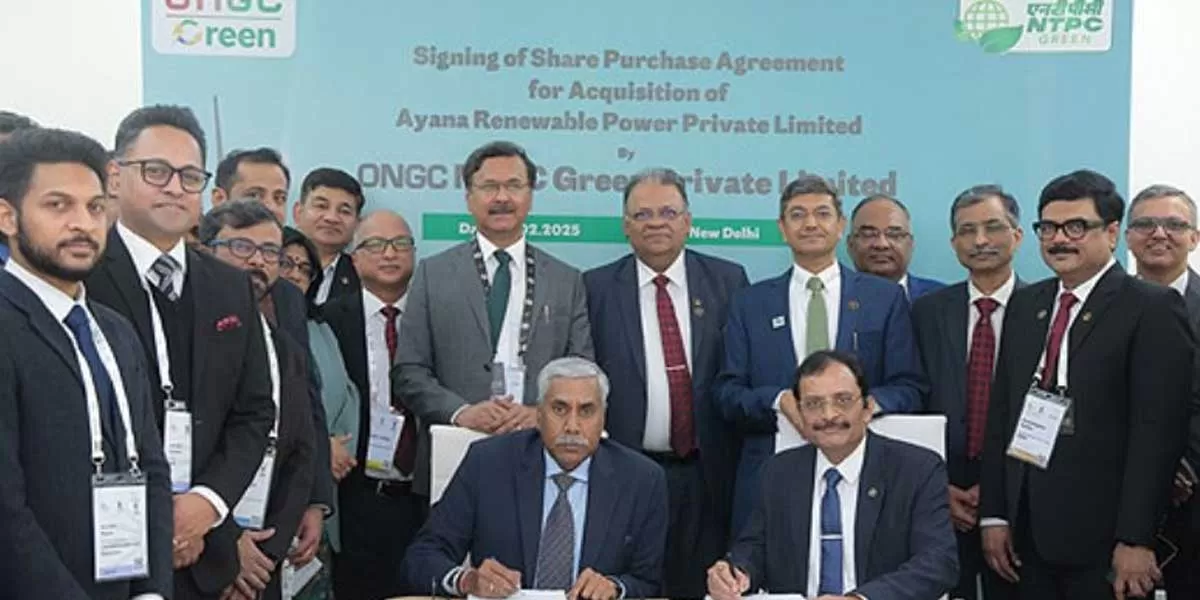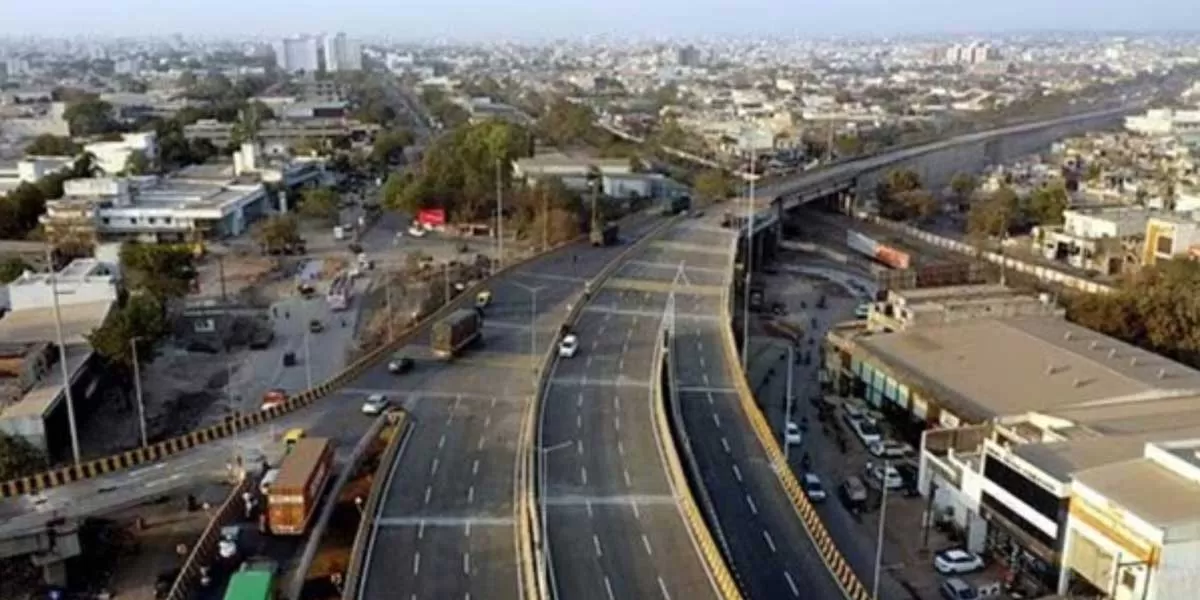India is seeing a resurgence in the fortunes of large-format retail real estate, going by the retail space that has entered the market of late and the number of malls under development.
'Seven key cities, led by Chennai, Hyderabad and the NCR have seen about 1.9 million sq ft of fresh retail supply in the first half of 2018, while a continuous foray of international brands helped sustain the demand for space,' says Bimal Sharma, Head, Retail Services, CBRE, citing CBRE research.
About 85 malls are expected to come up across the country by 2020, according to Anarock.
How the Anchor Tenant Drives Mall Design
Traditionally, a mall would look for a few anchor tenants to take up a big chunk of the space and make a significant contribution to the revenue of the mall. For this reason, the prospect of renting space out to an anchor tenant is (and has always been) a key driver of mall design, observes Rajendra Kalkar, President of West Retail Business, The Phoenix Mills.
In this context, the type of brands wooed to become anchor tenants and the need to market malls better have led to a shift in the typical floor space format of a mall. 'While the earlier perception was that larger multi-offering stores did well as standalone shops, such as Shoppers Stop and Lifestyle, today such stores are sought after as anchor tenants and experience shows they can help achieve higher footfalls,' says Pratik Mantri, Director, Mantri Developers.
'Mall operators are now cutting back on hypermarkets and department stores as anchor tenants in favour of F&B tenants, especially brands like Starbucks, for their attractiveness to customers, especially young working people. So much so, that we now see F&B brands and food courts occupying ground floor space or spread across the mall as opposed to their earlier positioning on the top floor,' says Jayen Naik, Vice President-Malls, Nexus Malls.
With this shift, 'whereas the anchor tenant used to be spread over a large horizontal area on the ground floor, now the trend is to offer anchor tenants space over the ground, first and second floors; essentially, the spread has become vertical,' explains Kalkar. 'This necessitates inter connectivity between various floors internally for one store as well as externally for customers to reach other stores on the higher levels.'
Kalkar expects not only new malls to come up in this format but observes that existing malls are also restructuring their floor plate to accommodate this shift because it is more conducive to increasing footfalls on levels two and three. While an anchor tenant can take up anywhere between 10,000 sq ft and 20,000 sq ft, this will depend on where the brand's next nearest store is located, as this factor drives the number of footfalls it is likely to get in the mall.
Key to Mall Success: Marriages between Retail Real Estate and Transport Infrastructure
Both the success of a mall and the success of individual stores making up the space are inextricably linked with the ability of the mall to attract sufficient footfalls, says Anshul Pahuja, Vice President, Business Development, Pacific Development Corporation. 'Strategic associations with the city's transport infrastructure can help assure these footfalls,' he adds.
In Delhi, Pacific Malls has partnered with the Delhi Metro Rail Corporation to build and run malls in Subhash Nagar, Dwarka and Pitampura. It has also entered into an agreement with the Haryana Government to build the new bus terminus at NIT, Faridabad, and build and operate a mall adjacent to the terminus. Explaining the rationale behind these partnerships, Pahuja says, 'We reckoned being located adjacent to a metro station will bring us an additional 8,000-10,000 footfalls a day apart from regular visitors, while weekend footfalls would typically come from people living in the vicinity of the mall.'
What does it take to succeed?
Aashish Agarwal, Senior Director (Head-Consulting), Colliers International India, elucidates what it takes for a mall to succeed in today's environment:
- Size and scale
- Single ownership
- Effective management
- In-depth study of the catchment
- Constant forecasting and adapting to curate the tenant mix.
Innovative Retail Formats
Innovations are helping to further the prospects of malls. Here's a run-through of some latest developments in this regard:Mixed usage spaces: Within malls, an emerging trend in space usage is the integration of retail complexes with commercial office and hospitality developments largely targetted towards F&B and entertainment formats, says Aashish Agarwal, Senior Director (Head-Consulting), Colliers International India. 'Some malls are allocating space for co-working formats that complement their social engagement strategy and provide a captive catchment for retailers.'
'Luxe, smaller retail developments: Developers are experimenting with niche luxury developments like the Chanakya in Delhi, and targetted 100,000-300,000 sq ft formats to cater to the immediate catchment, adds Agarwal. An emerging asset class is small investment grade developments in prime commercial districts, providing a retail mix such as top brands in apparel, F&B, furniture, accessories, etc, notes Bimal Sharma, Head, Retail Services, CBRE.
'Online-offline integration: 'Going forward, we expect more integration of online and offline retailers as we are seeing with the likes of Walmart-Flipkart in India and the recent Starbucks-Alibaba alliance in China,' adds Agarwal. 'With customers wanting an integrated digital and physical experience, a mall can also be categorised as superior by linking the latest channels and technologies to create an omni-channel shopping experience,' agrees Sharma.
Destination malls
In a tourist hotspot like Dubai, the size of a mall is a defining factor for mall superiority; huge malls are a big draw in that city, they are seen as 'destinations', according to Anshul Pahuja, Vice President, Business Development, Pacific Development Corporation.
By definition, a destination mall offers everything customers look for - and that, it appears, is a lot. Essentially, today, customers increasingly perceive a visit to a mall as a day's outing, packaging exposure to a large variety of brands and eatery and entertainment options for all age groups. 'A superior mall is one that can address this desire; it is typically large and sophisticated,' says Pratik Mantri, Director, Mantri Developers.
A superior mall has 'the potential to fulfil well-read, aspirational customers' desire for a rejuvenating experience', says Bimal Sharma, Head, Retail Services, CBRE. It offers shoppers 'a unique value proposition and memorable experiences', adds Aashish Agarwal, Senior Director (Head-Consulting), Colliers International India, adding, that customers aside, 'tenants are also increasingly evaluating malls for being unique destinations.'
Related stories:
Location: a well-known mantra of the retail industry and how it underlies mall success
Malls would have a larger catchment area in these tier-ii and tier-iii cities. Here's more!
What's been driving growth in the retail segment?
Here are the top eight cities that are to witness retail development!


















